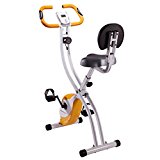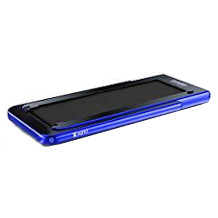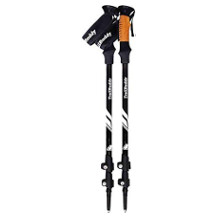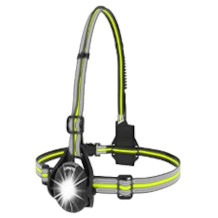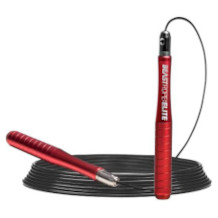Pedometer purchasing advice: how to choose the right product
- The most important facts in brief
- Exercise is healthy and keeps you fit. A pedometer helps you keep track of your daily step count and consciously increase it.
- Pedometers can be divided into simple pedometers, activity trackers, fitness trackers and apps according to their type and range of functions.
- Simple pedometers do not send any data, are compact, easy to use and consume little battery power.
- In addition to counting steps, calculating calories burned and distance covered is one of the basic functions of a pedometer.
Sufficient exercise for health
Exercise keeps you fit and healthy and can even extend your lifespan. If you get enough exercise, you strengthen your muscles and joints as well as your cardiovascular system. This reduces the risk of various diseases such as diabetes, high blood pressure and back problems. In our everyday lives, however, exercise often comes up far short. Many people spend a large part of their day sitting due to their job, use the car or public transport to get to and from work, and prefer to relax on the sofa.
Worrying results of an exercise study
The fact that a large part of the population does far too little exercise is also shown by the results of the exercise study conducted by the Techniker Krankenkasse health insurance fund in 2016. Of the total of 1,210 respondents, 34 percent, i.e. about one third, exercise for less than half an hour per day. Only 29 percent said they exercise for an hour or more every day.
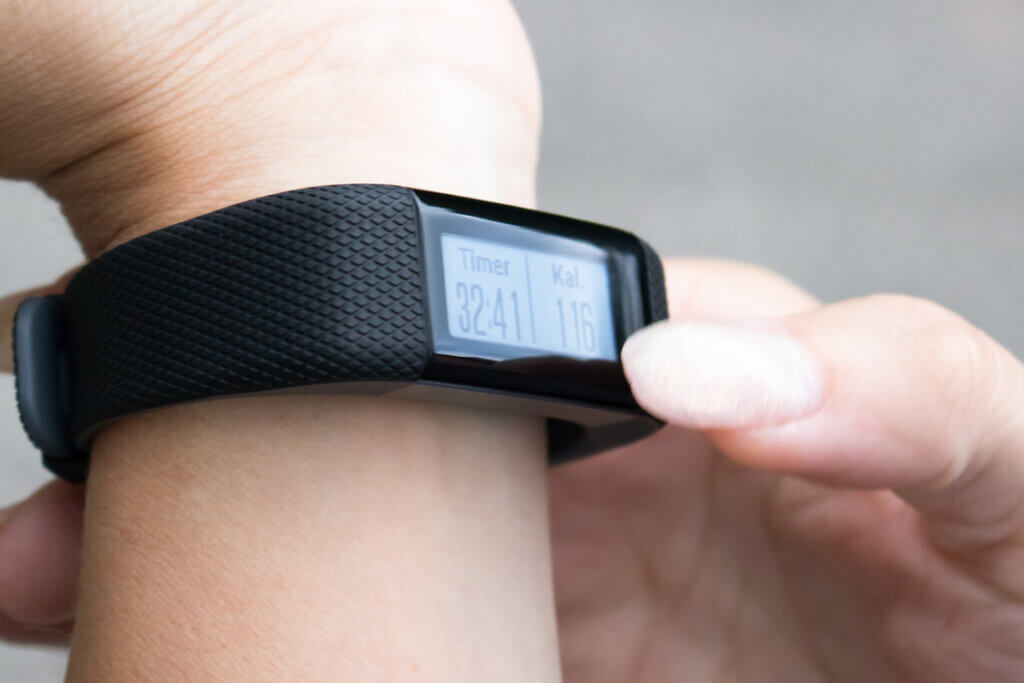
No wonder that obesity, diabetes, high blood pressure and back problems, among others, have become modern widespread diseases. According to the physical activity study, one in seven of those surveyed is dissatisfied with their state of health. Among other things, almost 50 percent of all participants complain about complaints of the musculoskeletal system and every third person has constant back problems.
You should walk 10,000 steps
To improve or maintain our health, we must succeed in integrating exercise into our often stressful everyday lives. The World Health Organisation (WHO) recommends moving more than the average person working in an office. Every additional movement is already a success. The long-term goal should be to walk at least 10,000 steps a day. Depending on the length of your stride, this roughly corresponds to a distance of between six and eight kilometres.
Ways to incorporate more steps into everyday life:
- Leave escalators and lifts in stations or the office to the left and take the stairs as often as possible instead.
- Don’t call or email colleagues with questions, but go in person if possible.
- Plan a walk towards the end of your lunch break.
- Get off the bus one or two stops earlier on the way home or do not park directly in front of the house and walk home.
- Do your shopping on foot and don’t always go to the nearest supermarket.
- Generally leave the car at home and avoid buses and trains, instead walking or cycling more distances.
- Doing household chores such as vacuuming and mopping can increase the number of steps you take.
So-called pedometers, also known as pedometers, measure and store the number of steps taken. They help you to find out how many steps you take every day, help you to monitor your activity and motivate you to take more steps every day.
How pedometers work
In terms of how they work, pedometers can be divided into mechanical (sensor) and electronic models (3D sensor).
How do mechanical pedometers work?
The way a mechanical pedometer works is reminiscent of the principle of a pocket watch. An integrated pendulum swings with each step and pushes a gear wheel or a counter. Alternatively, a toggle switch and ball replace the pendulum. Driven by the movement of the wearer, the ball actuates a toggle switch, which in turn advances a counter.
The simple mode of operation makes the mechanical models very robust, insensitive and durable. They also have low battery consumption or do not need a battery at all. However, the range of functions of mechanical models is limited to counting steps. You should not expect additional features such as distance measurement. In addition, mechanical pedometers measure comparatively inaccurately because they cannot distinguish a step from other movements, such as cycling.
How do electronic pedometers work?
Unlike mechanical pedometers, electronic pedometers are equipped with a 3D sensor that captures movements to the front, side and back. They are based on a so-called microelectrical mechanical system, or MEMS, which is also used, for example, in smartphones. In smartphones, the MEMS ensures that users can switch between full screen and normal view by tilting their smartphone. With the 3D sensor, electronic pedometers are able to distinguish steps from other movements, such as cycling, and measure much more accurately than mechanical models. This is also the main reason why mechanical models are increasingly being pushed out of the market by electronic ones and are now considered a niche product. In our comparison overview, you will mainly find electronic pedometers.
The different types of pedometers
Pedometers can be roughly divided into four types, which differ mainly in terms of their design and range of functions:
- Apps for smartphone and tablet
- Simple pedometer
- Activity tracker
- Fitness tracker
Activity trackers: fitness wristbands with various extras
Activity trackers, often called fitness wristbands, are much more convenient to use. For people who not only want to exercise more, but also want to live healthier overall, an activity tracker that also analyses their sleep and can be connected to their smartphone is recommended. Among other things, they can use the app to enter the calories they have consumed in addition to the calories they have burned. Users can also set themselves daily goals, the achievement of which is monitored by the devices.
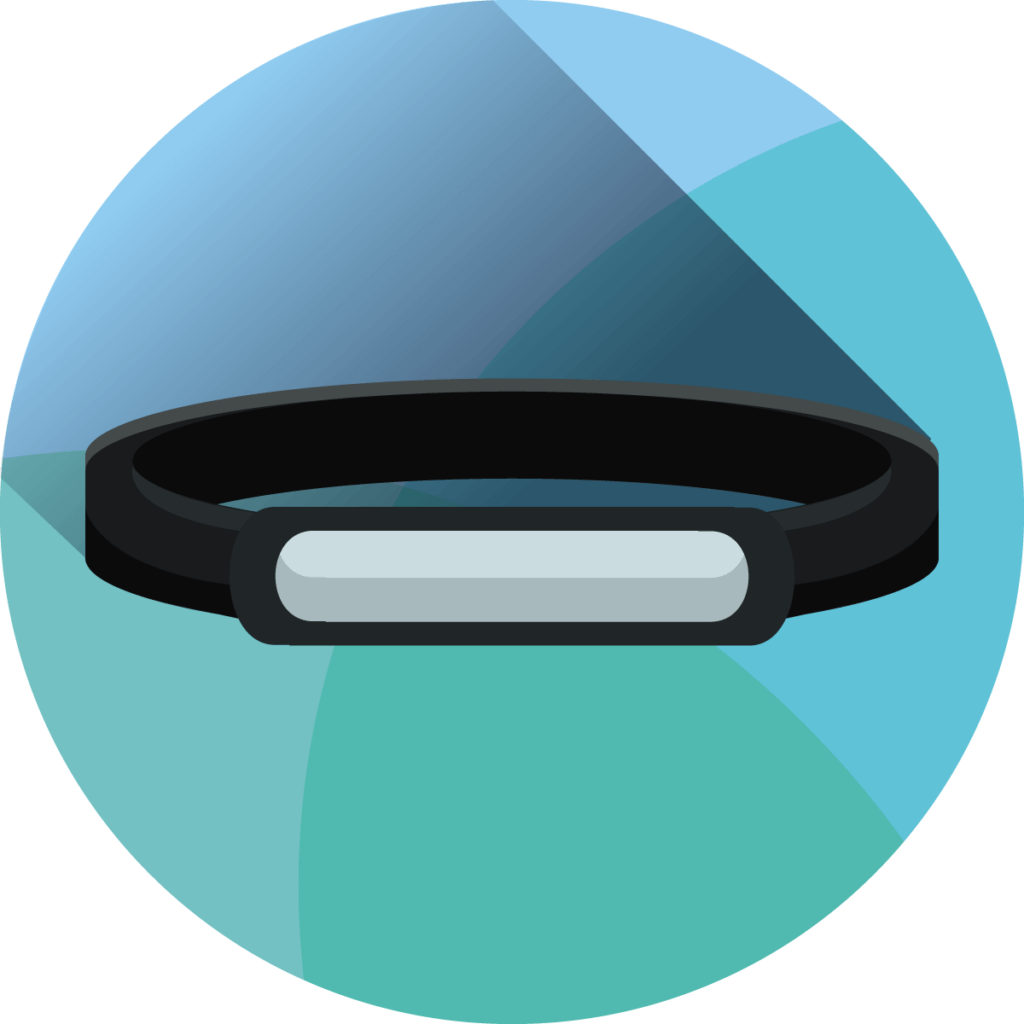
They usually take the form of a slim wristband and can be divided into models with and without a display. In the case of activity trackers without a display, you read the measured and calculated information on your smartphone, which you connect to the pedometer via an app. There is also often an app for the models with a display, as the display is usually quite narrow and only shows a few data. Activity trackers usually cost between 20 and 100 euros.
Fitness trackers: sports watches with a wide range of functions
Fitness trackers are also known as sports watches. In a way, they are a middle ground between activity trackers and smartwatches. For hobby and professional athletes, a fitness tracker with heart rate measurement is a good choice because it allows them to check their pulse during training. For hobby athletes, a model with an optical sensor should be sufficient, while professionals who want more accurate measurement results should better choose a device with a chest strap.
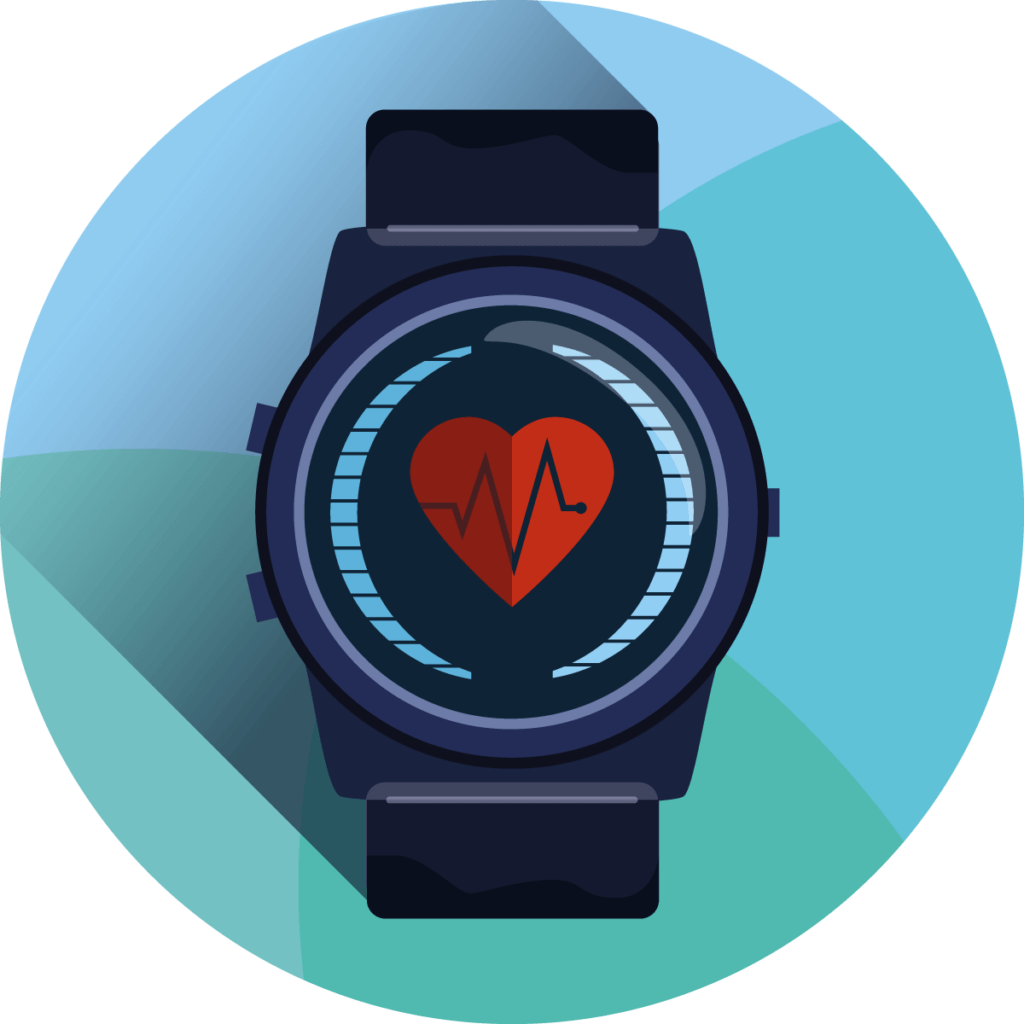
For runners, a fitness tracker with GPS is recommended, which precisely indicates the length of distances covered. It also allows you to track which routes you have taken during your runs. Some sports watches are waterproof, so you can wear them for swimming. Compared to activity trackers, fitness trackers have a larger display, similar to that of a smartwatch. On many models, it is a touch display. Sports watches cost around 50 to 200 euros.
Heart rate and pulse: Aren’t they the same thing?
In everyday language, the two terms are often used synonymously. Strictly speaking, however, this is wrong. Heart rate is only one aspect of the pulse. It is understood to mean the number of heartbeats per minute, while pulse refers to the throbbing of the blood against the walls of the blood vessels caused by the heartbeat.
Purchase criteria: pay attention to useful additional features.
There are various manufacturers of pedometers and numerous models on the market. Depending on the model, the gadgets are equipped with various additional features. Sports watches usually come with a particularly large number of additional functions. The following section should serve as a guide for your purchase decision and answer the question about the most important purchase criteria.
Daily goal setting and activity reminder

This feature allows you to set a daily goal, for example 10,000 steps, via an associated app or the display. You can always keep an eye on your progress via the display. When the daily goal is reached, you usually receive praise, such as a “hurrah” on the display. In addition, some models remind you that you have not yet reached your set goal or alert you via vibration that you have not moved much or at all over a longer period of time.
Monitor your sleep and wake you up

Many fitness and activity trackers can determine your light and deep sleep phases from the recorded movements during sleep. This gives you an idea of the quality of your sleep – provided, of course, that you wear your pedometer wristband while you sleep. Practical: some models offer the option of waking you up by vibration during a light sleep phase – a much gentler and more pleasant wake-up than a shrill alarm ringing during a deep sleep phase.
Measure and evaluate heart rate

Most activity and fitness trackers in wristband form measure the wearer’s heart rate with an optical sensor. This allows you to keep an eye on your pulse rate during sporting activities and to determine whether you have increased your fitness level on the basis of the recorded values. In addition, long-term heart rate measurement makes it possible to calculate calorie consumption more accurately.
Control your music

If you like to listen to music while exercising, this feature is beneficial for you. You can usually connect your smartphone or MP3 player to your pedometer via Bluetooth and use it to control your music without having to take the source device out of your jacket pocket. Some fitness trackers even allow you to store music tracks on them or play music via streaming portals like Spotify.
Show notifications

Some sports watches from the higher price segment (around 50 euros and up) have a Bluetooth interface that you can use to connect them to your smartphone. Then your fitness tracker will alert you via notifications, also known as smart notifications, on the display when you receive calls or messages on your smartphone.
Read the date and time
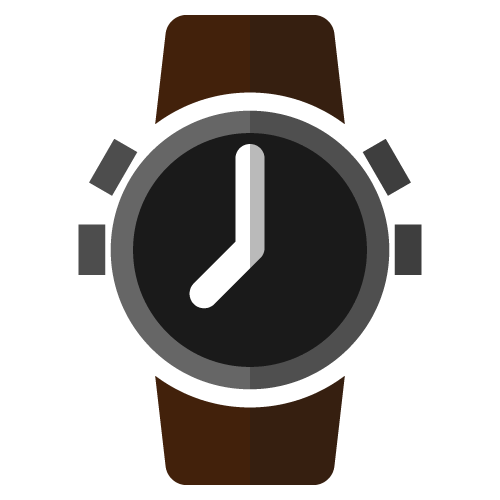
Pedometers with a display often show the date and time in addition to the number of steps, and can thus replace the wristwatch. Some pedometer watches also have a reminder and alarm function. Depending on the model and setting, your pedometer will wake you up at the desired time either acoustically or by vibration.
Size and weight
Size is less important for a pedometer wristband than for a simple pedometer. You wear the latter either on your clothes, your shoes or in your trouser or jacket pocket. Therefore, the pedometer should be as compact and light as possible. Most simple pedometers are either square, oval or rectangular, are similar in size to a matchbox (5.0 x 3.5 x 1.5 centimetres) and weigh less than 30 grams. The following table gives a brief overview of the dimensions and weight of some popular models:
| Model | Width | Height | Depth | Weight |
|---|---|---|---|---|
| Omron Walking Style IV | 4.2 centimetres | 5.7 centimetres | 1.3 centimetres | 23 grams |
| Realalt 3DTriSport | 7.6 centimetres | 3.3 centimetres | 1.0 centimetres | 28 grams |
| 3DFitBud | 6.0 centimetres | 4.0 centimetres | 1.0 centimetres | 24 grams |
| Nakosite BPED 2433 | 7.8 centimetres | 3.4 centimetres | 1.2 centimetres | 28 grams |
| PULOX PS-100 | 6.1 centimetres | 4.0 centimetres | 1.4 centimetres | 18 grams |
| Medisana ViFit | 2.1 centimetres | 5.8 centimetres | 1.5 centimetres | 12 grams |
| Daffodil HPC650 | 6.9 centimetres | 3.3 centimetres | 0.9 centimetres | 20 grams |
Display
Simple pedometers are usually equipped with an LCD or LED display. Some models, for example the Medisana ViFit, have a high-resolution OLED display. Important points to consider when choosing a pedometer regarding the display include:
- What information does the display show?
- How large is the display?
- Is the information displayed easy to read?
- Are all the displayed information and available setting options understandable?
- Is there a display illumination?
Simple models only show the current number of steps and can be reset to zero with a reset button. With other pedometers, you can also read the time, date, battery status, distance covered and calories burned. The more information is displayed at the same time, the larger the display should be so that the font size is not too small.
For pedometer wristbands, you can choose between models without a display, models with an LED, LCD or OLED display and models with a touch display. When making your decision, you should always bear in mind that more sophisticated displays put a greater strain on the battery. Operation via touch display also consumes more energy than control via function buttons.
Battery life and charging time
Many simple pedometers are powered by batteries that last from several months to over a year, depending on the model. Activity and fitness trackers are often equipped with a rechargeable battery and come with a charging cable. The battery life should of course be as long as possible so that you charge your pedometer less often. The charging time, on the other hand, should be as short as possible so that your pedometer is quickly ready for use again. The fitness wristbands in the Stiftung Warentest test (2016) need 60 to 190 minutes to recharge their battery.
Depending on the model, the battery life ranges from a few days to up to three weeks. The more functions a pedometer has and the larger its display, the more energy it consumes. GPS tracking requires a particularly large amount of energy. Some models, such as the Omron Walking Style IV, have a battery-saving mode. This means that the device switches off the display after five minutes to save energy. The pedometer continues to record your activities in battery-saving mode.
Connection to the smartphone
Many simple pedometers are limited to the basic functions and do not require a connection to the smartphone or PC. In contrast, the corresponding app is mandatory for activity trackers without a display in order to view the measured data and the evaluations. However, most activity and fitness trackers with a display also have a suitable app that you can use to document your progress over a longer period of time, for example.
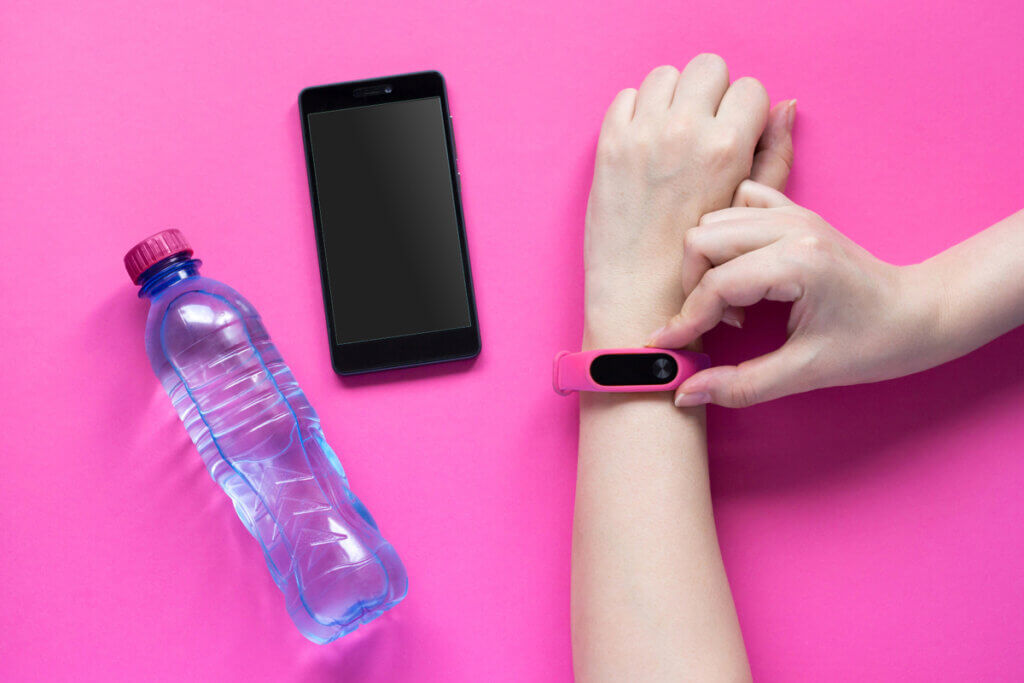
For models with an app, you should of course make sure that the app is compatible with your smartphone so that you can also use the additional functions it offers you. A common and practical connection is via the Bluetooth radio standard. With this, data can be transmitted over distances of a few centimetres to a few metres without cables, for example to the smartphone. A mini-USB port is also useful if users want to analyse the data on a computer.
Data storage
For pedometers with an app, you transfer your measured and calculated data from the pedometer to your smartphone at regular intervals. Without an app, your measured values are only available on your pedometer, which stores them for a certain period of time using the so-called memo function. In both cases, how long the pedometer can store the measured values can be a decisive purchase criterion. In the case of common simple pedometers, the memo function covers seven to thirty days, depending on the model. The advantage is obvious: the data storage enables detailed performance monitoring, which contributes to additional motivation to move more.
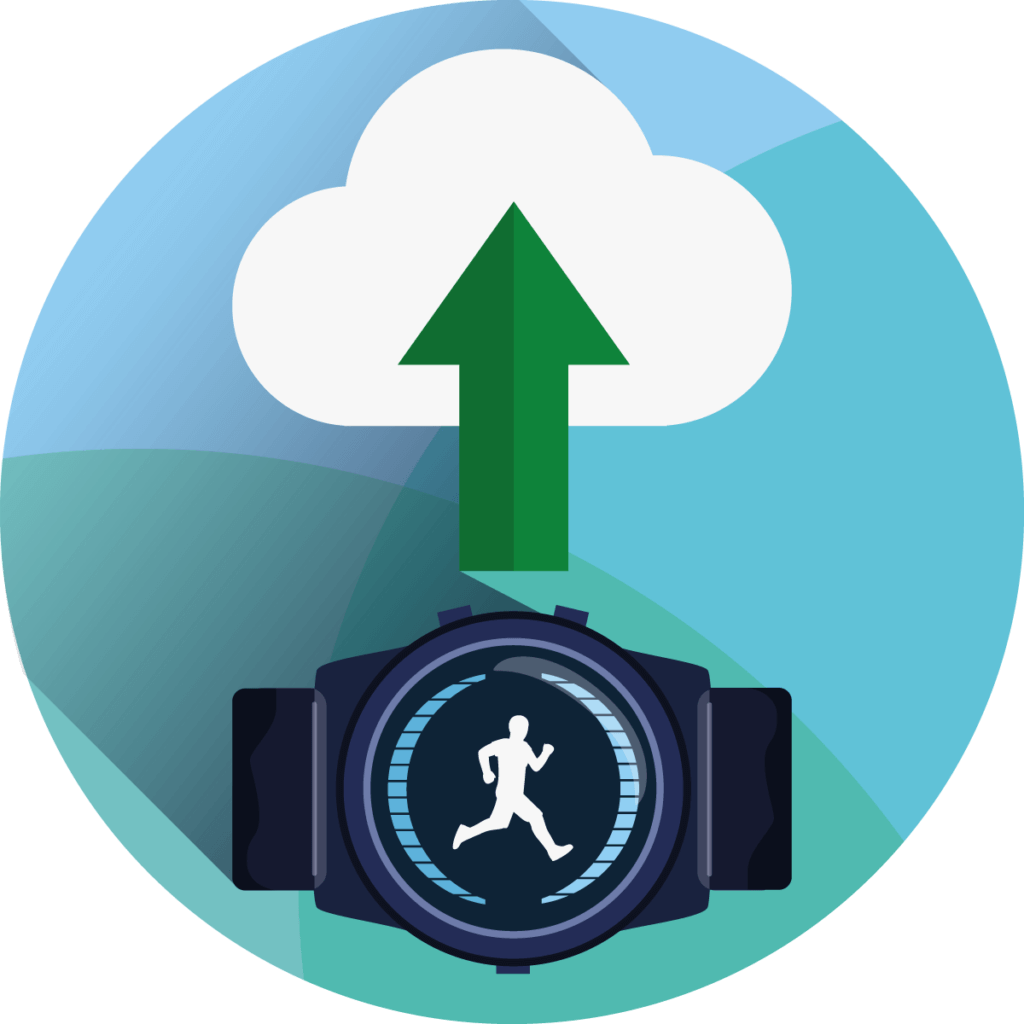

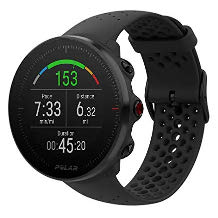
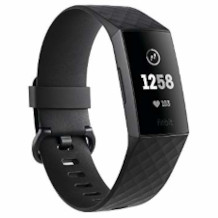
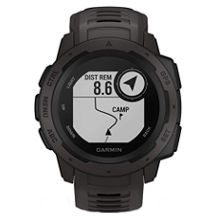
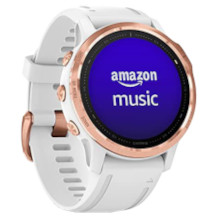
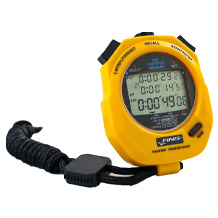
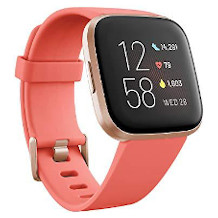
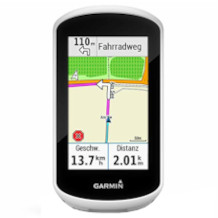
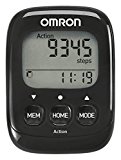
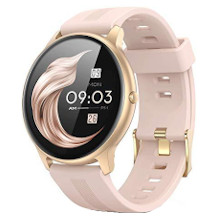
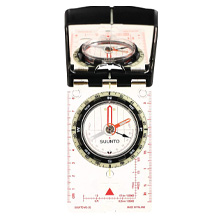

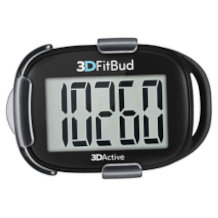
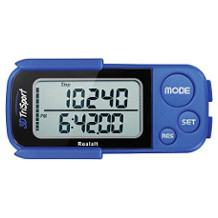
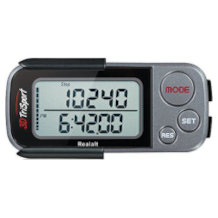
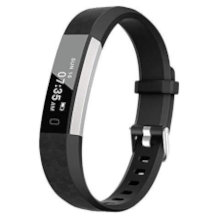
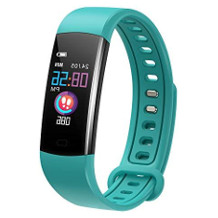
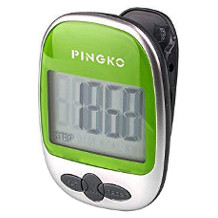
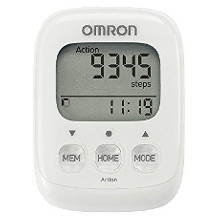



 1,509 reviews
1,509 reviews
